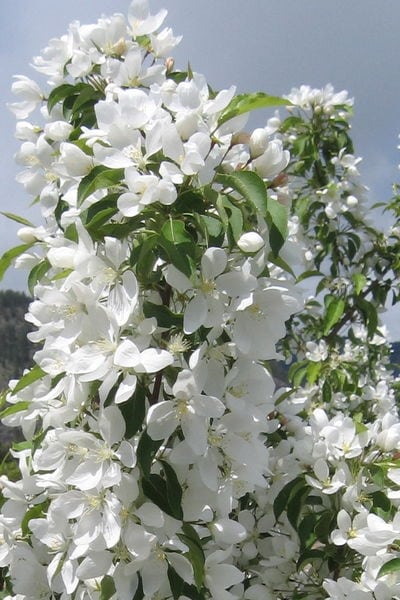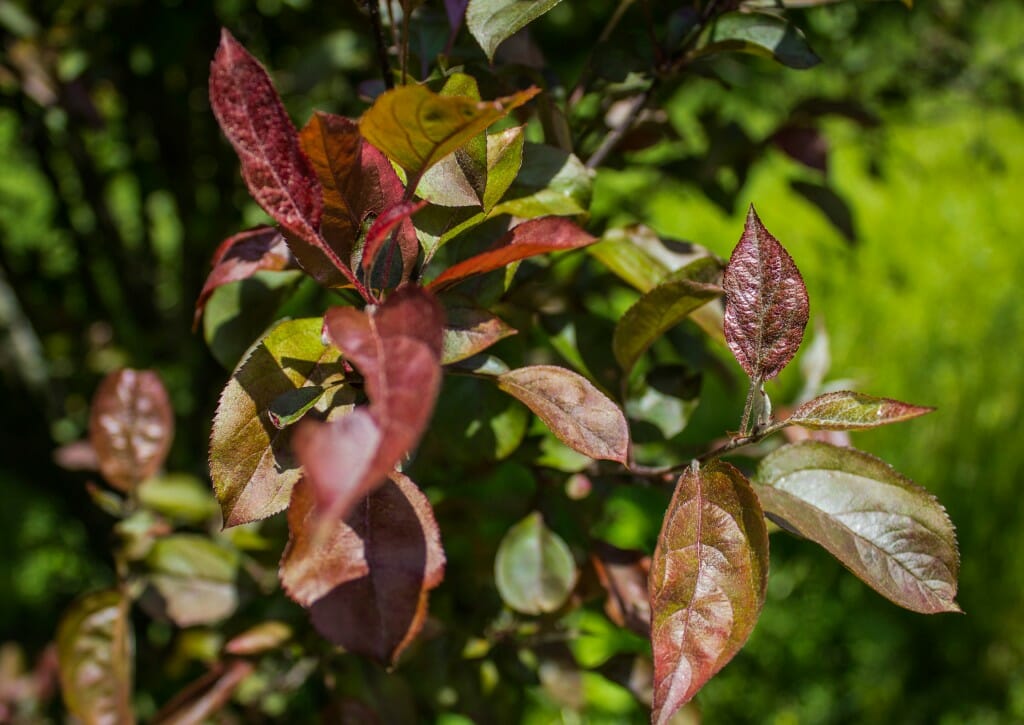

However, being vigilant and removing infected limbs as soon as they appear is effective for preventing spread and saving individual trees. Check with your county extension agent if you want to consider that level of prevention. And, as with any antibiotic, misuse of this option is creating antibiotic-resistant strains of fireblight.

There are some antibiotic attacks you might consider, but this is likely to be more expensive and labor intensive than most habitat managers have time for. If you’ve planted pears, apples, crabapples, quince, or hawthorn in your deer habitat – or if they occur naturally – watch your trees closely. Spring is the time of year to be especially vigilant, as the bacteria seems to establish itself best in new growth and flowers. That’s why it’s important to take action quickly and remove affected parts as soon as you notice them. Even wind and rain can transport the bacteria throughout a tree, or to other nearby trees. Pollinators like honeybees can spread it to flowers. Perching birds can spread it from tree to tree on their feet. The bacteria-rich ooze that seeps from wounded limbs is terribly contagious. If the bacteria reaches the roots, or infects the trunk, it will eventually kill the entire tree. Branches, leaves, flowers and fruit that are affected literally appear to have been blow-torched, thus the name “fireblight.” (Compare the unaffected immature pears to the blighted pears in the photo above and in the Gallery photos below). Fireblight hits trees in the Rosaceae family – pears, apples, crabapples, hawthorns, and others – and it seems to be worse in certain years, under certain weather conditions, especially in unusually warm, wet springs. In spring 2010, the contagious bacterial disease hit pear and crabapple trees at QDMA Headquarters particularly hard. So I nearly shed tears when I had to take my shears in hand and hack away nearly half of the tree’s perfectly shaped crown, including piles of immature fruit. A southern crabapple planted at QDMA Headquarters in Georgia was one of those uncommon trees that blows past all of its sister seedlings planted the same year – rocketing upwards in height, spreading a beautiful crown of limbs, and throwing an incredibly dense spray of flowers and fruit at only three years of age.


 0 kommentar(er)
0 kommentar(er)
